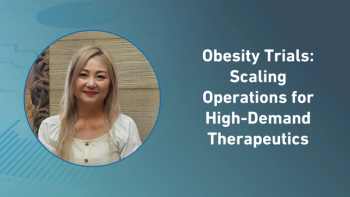
Certara Launches its Phoenix QT+ Cardiac Safety Assessment Tool
Product helps to determine whether a drug candidate prolongs cardiac repolarization, a surrogate for potentially-fatal arrhythmias
Certara, a leading provider of software and scientific consulting services to improve productivity and decision-making from drug discovery through drug development, today announced the launch of its Phoenix QT+ cardiac safety assessment tool. This product provides data processing, statistical, and modeling capabilities to determine whether a drug candidate prolongs cardiac repolarization.
It is important to know whether a drug candidate causes disruption of the electrical potential in the left ventricular cardiac cells and QT prolongation because they are surrogates for potentially-fatal arrhythmias.
For that reason, systemic new drug candidates are required to undergo a Thorough QT (TQT) study under the ICH E14 Guidelines (ICH, 2005). The TQT study is a clinical pharmacology study designed to demonstrate that a drug does not prolong the QT/QTc interval in healthy volunteers.
Phoenix QT+ performs a quick but comprehensive analysis of electrocardiogram (ECG) interval data collected in TQT studies and sub-studies in other clinical trials to determine whether that is the case. It also supports concentration-QTc modeling of pooled data collected in early phase 1 studies. Results are displayed automatically in worksheets and graphics.
“Phoenix QT+ is an easy tool to use that empowers scientists to conduct the requisite data analysis themselves. This enables them to quickly determine a drug’s cardiac safety risk profile and make swifter decisions regarding the need for ECG monitoring in clinical studies,” said Certara Vice President and Lead Scientist Christine Garnett, Pharm.D. “They may decide to select a different dose that is less likely to prolong the QT interval, or identify sub-populations that are at lower risk of experiencing that response,” she added.
Phoenix QT+ is Certara’s second cardiac safety tool; it introduced the Cardiac Safety Simulator (CSS), an in-silico model of human ventricular heart cells, in mid-2013. When Certara’s CSS is integrated with its Simcyp Population-based Simulator, it permits the in-vitro to in-vivo extrapolation of pharmacokinetic and pharmacodynamic data to predict the likelihood that a drug candidate will exhibit cardiac toxicity.
Newsletter
Stay current in clinical research with Applied Clinical Trials, providing expert insights, regulatory updates, and practical strategies for successful clinical trial design and execution.





.png)



.png)



.png)
.png)
